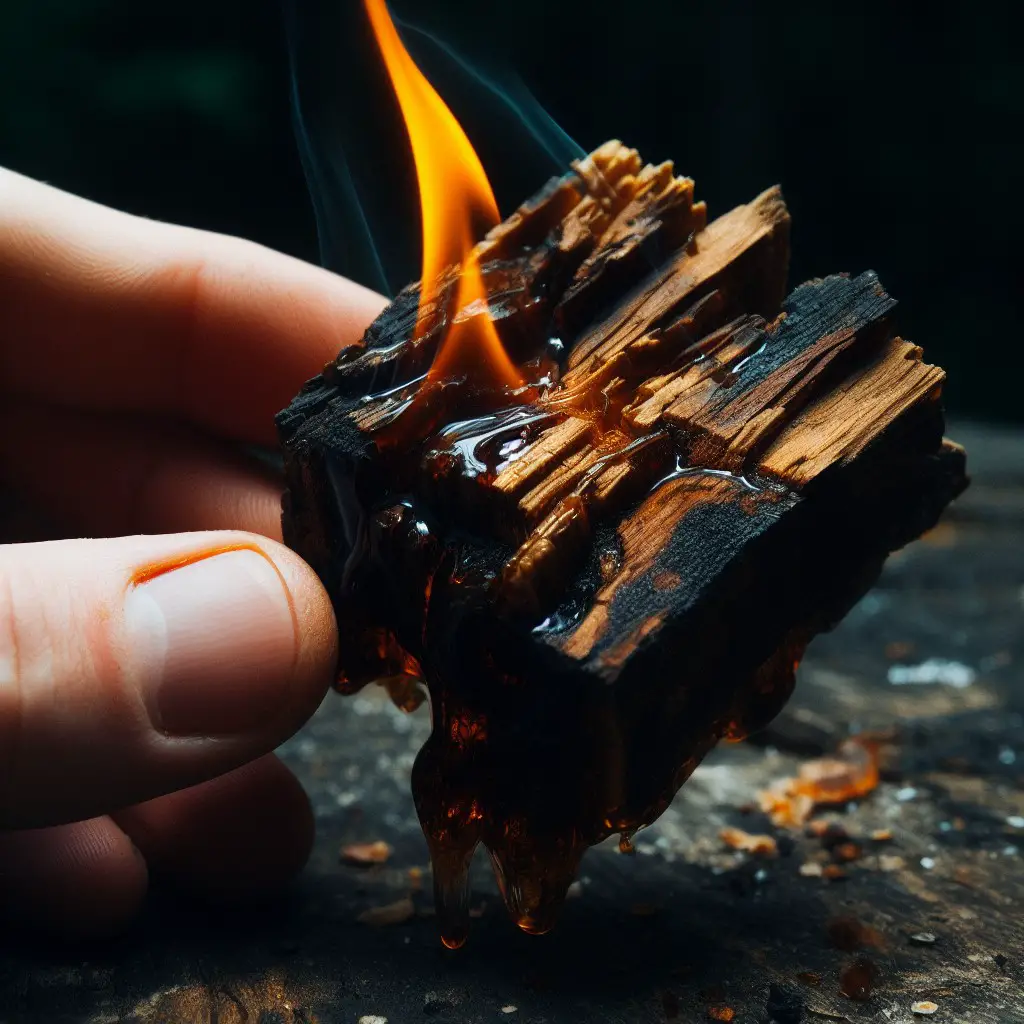Wood, a ubiquitous natural material, has been a staple in construction, art, and various applications for centuries. However, there is a common misconception about whether wood can melt.
In this article, we delve into the properties of wood and explore the concept of “melting” in the context of this organic material, shedding light on its behavior when subjected to heat and fire.
Understanding the Combustion of Wood
Wood, when exposed to high temperatures, undergoes a process known as combustion rather than melting. Combustion involves the rapid chemical reaction of wood with oxygen, resulting in the release of heat, light, and the formation of new chemical compounds, such as carbon dioxide and water vapor. This process is what we commonly observe as wood burning, emitting flames and producing ash.
Char and Pyrolysis: Changes in Wood Structure
As wood is heated, it undergoes physical and chemical transformations. Instead of melting, the heat causes the wood to undergo pyrolysis, a process where it decomposes into volatile gases and leaves behind a carbon-rich residue known as char. This charred material retains the original structure of the wood but is significantly altered due to the absence of oxygen, preventing it from melting.
The Flash Point and Ignition of Wood
Wood has a specific temperature, known as the flash point, at which it can ignite and sustain combustion. This temperature varies depending on the type of wood and its moisture content. When exposed to temperatures above its flash point, wood will catch fire and continue to burn until the available fuel is consumed, without undergoing a melting phase.
The Role of Heat and Thermal Decomposition
When discussing the behavior of wood under heat, it’s essential to differentiate between melting and thermal decomposition. While melting refers to the transition from a solid to a liquid state, wood experiences thermal decomposition at elevated temperatures, breaking down into gases, liquids, and charred solids without liquefying.
Conclusion
In conclusion, the concept of wood melting is a misconception rooted in a misunderstanding of its behavior under heat. Rather than melting, wood undergoes combustion, pyrolysis, and char formation when exposed to high temperatures.
Understanding these processes is crucial for fire safety, woodworking, and material science, highlighting the unique properties of wood and its behavior in response to heat and fire.

